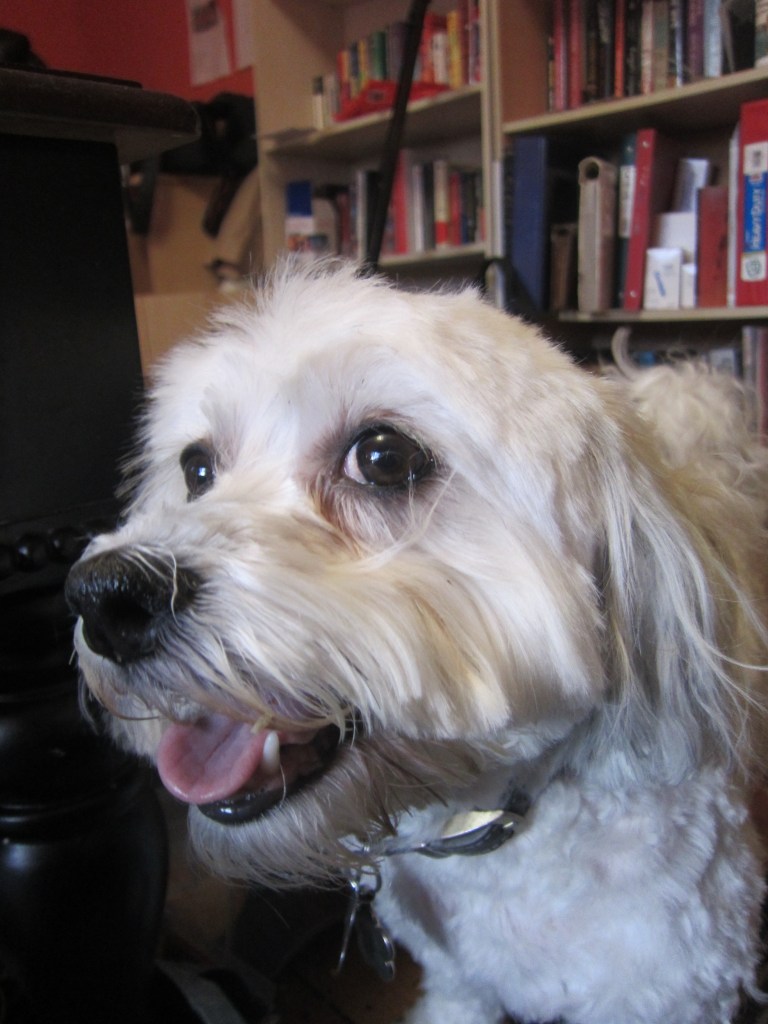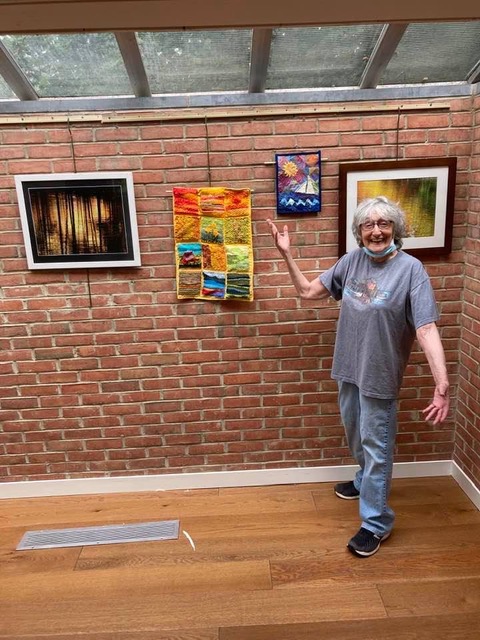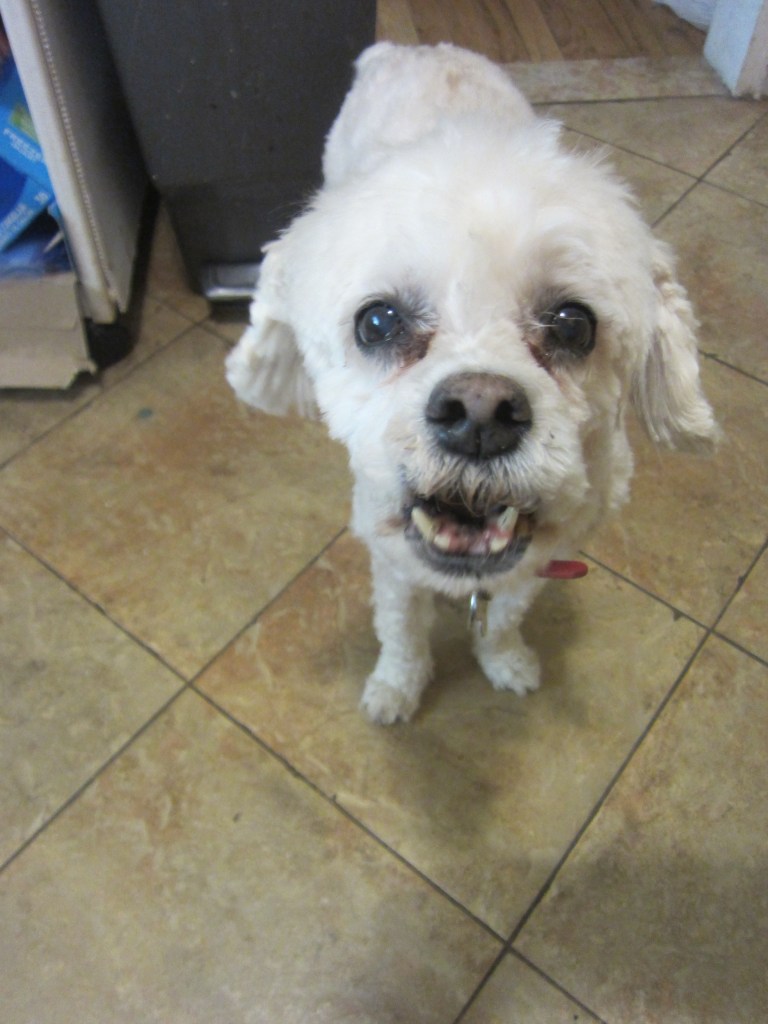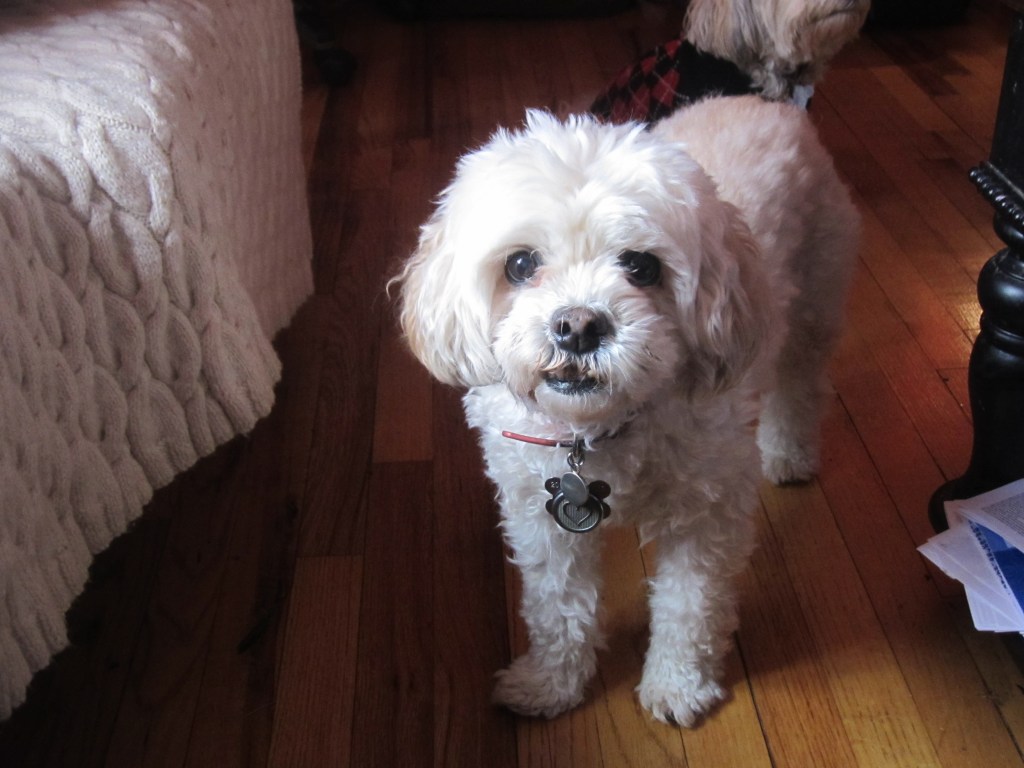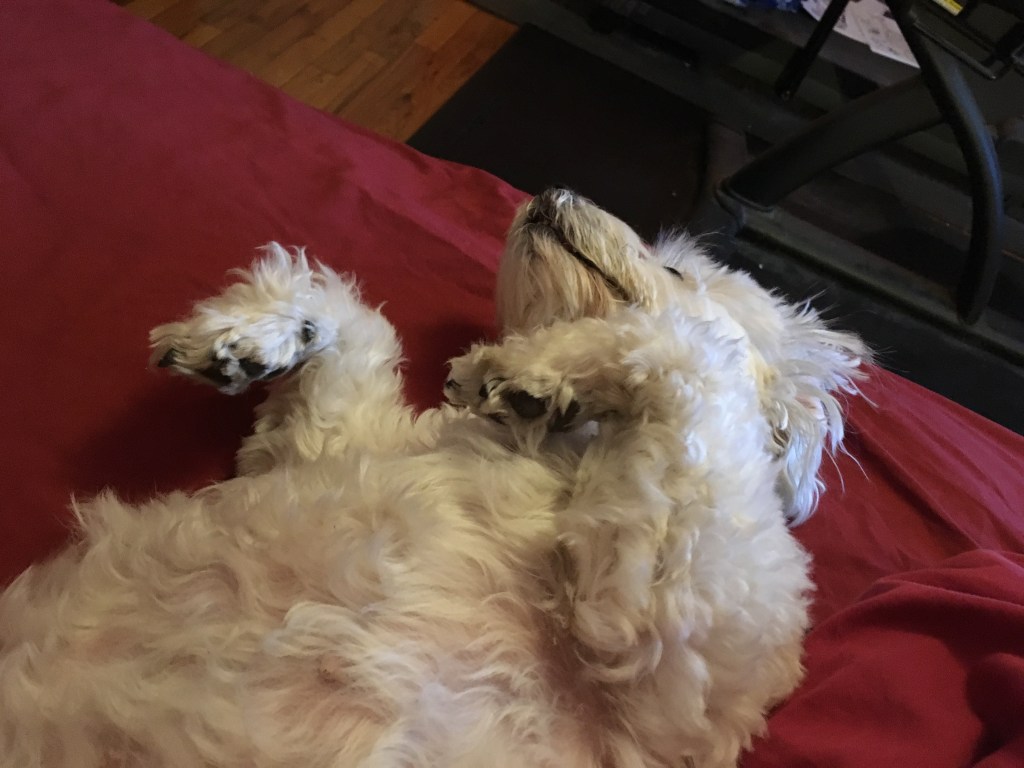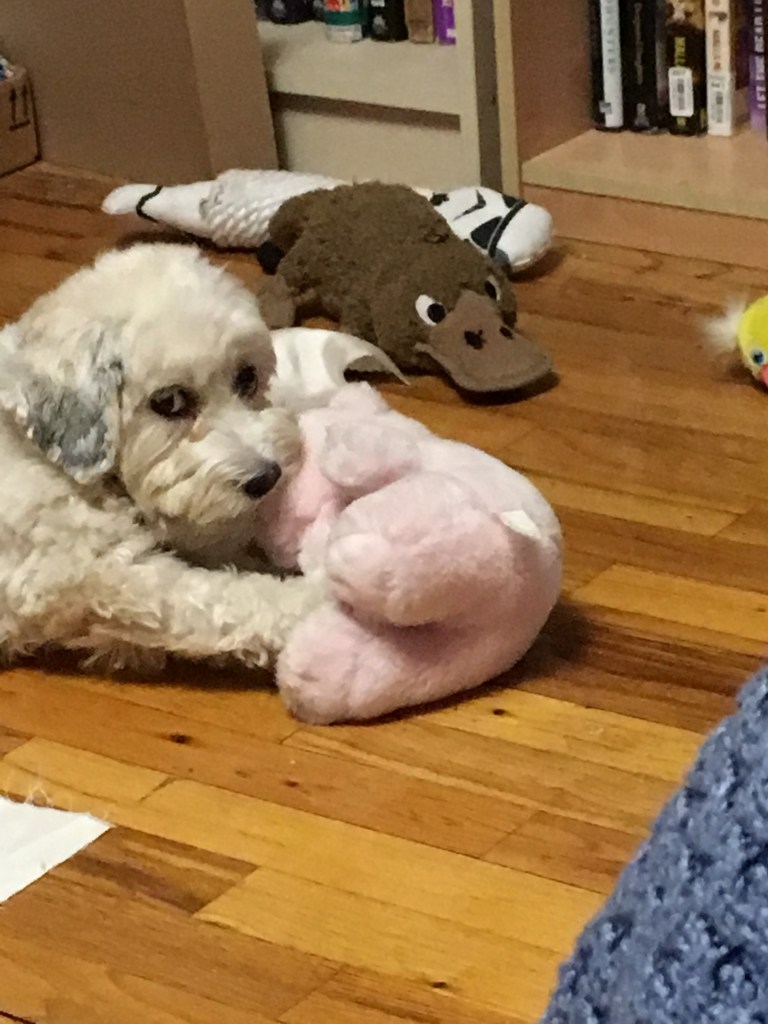I took two Egyptology classes in college, basically because they fulfilled requirements for my philosophy major and for my honor’s scholarship. One class was on Hieroglyphics and learning how to draw them, and the other was on Egyptian philosophy. I hated my teacher, but it turned out that I actually loved the class where we learned how to draw the Hieroglyphics. There was something magical about seeing the origins of the letters in actual objects, like the ground plan of a simple house is the Hieroglyph for “house,” and an outline of a mouth stands for “mouth,” and a pair of legs in motion means “to come.” But there were also Hieroglyphs of animals, like an Egyptian vulture for the letter A, and a horned viper for the letter F, that hinted at even more meaning to be discovered.
The Ancient Egyptian language was written in four scripts, over the course of time. First Hieroglyphics, then Hieratic, (meaning “priestly”) which was a simpler cursive form of Hieroglyphics written mainly by priests, and then Demotic (meaning “popular”) which was a more rapidly written form of the Hieratic script, first appearing in the eighth century BCE and used by the common people, and finally Coptic, which was the final version of Egyptian writing, using the Greek alphabet in addition to seven Egyptian letters representing sounds that didn’t appear in Greek.
Ancient Hebrew would probably have fit in between Demotic and Coptic, because it was a language that could be written quickly and by the common man, but it wasn’t yet filled out with vowels and spaces to allow for easier reading.
One of the important differences between ancient Egyptian and ancient Hebrew, though, is that Hebrew continued to develop into what is now Modern Hebrew. Hebrew was eventually given vowels, and spaces, and punctuation to help modernize the language and allow people to read it and speak it more widely. Whereas the ancient Egyptian language stayed in Egypt, ancient Hebrew speakers were exiled from Israel, multiple times, and chose to bring their language, and their religion, with them into the diaspora.
Despite not liking my Egyptology teacher, I still learned a lot from his class, especially about the influence of ancient Egypt on the development of Judaism. Take for example, the Egyptian belief in magic. In the Hebrew Bible, when Moses goes to Pharaoh to ask him to let the Israelites go, he turned his rod into a snake to show God’s power, but then the Egyptian magicians were able to do the same thing, and Moses had to level up, with the plagues. Was Moses using magic? He was raised by Egyptians after all. The Hebrew Bible is full of magical things, like burning bushes and the splitting of a sea. The magical realism of Egyptian religion and literature definitely influenced the stories in the Hebrew Bible, but then, in the minds of the writers of the Hebrew Bible at least, these acts of God took on a deeper meaning, a poetry, that was beyond magic.
At the high point of Egyptian civilization there were 2500 gods, with different main gods in charge in different eras, and each god had a place to dwell and a personality and a backstory. And while we think of Judaism as absolutely monotheistic, early on, even though Yahweh was the main God of the Jews, other gods were still acknowledged and worshipped by the Israelites. Prophets eventually came along to yell at the people to stop worshipping other gods and only to worship Yahweh. But even then, Yahweh was considered the god of a particular place. It took exile for the Jews to invent the idea of a god who can travel. When they were exiled to Babylon, after the destruction of the first temple, they realized that they could take their religion, and their concept of God, with them. Eventually, this image of a God who can go wherever you go, became a God who can be whenever and whatever you need God to be. And if your god can be everywhere and anywhere, maybe your god is The God. Period.
But this transition took a long time, and a lot of wrestling with the gods and ideas of other people and places. Many of the values we think of as particularly Jewish, or Judeo-Christian, were already there in Egyptian writings. One of the most obvious borrowings from Egyptian literature shows up in the book of Proverbs, in the Hebrew Bible. Proverbs is a collection of wisdom literature, addressing morality and good behavior, and is made up of six sections. Each section seems to have been composed at different times, but the third section in particular borrows directly from the Instruction of Amenemope (a piece of Egyptian literature composed between 1300 and 1075 BCE). Some lines are taken almost verbatim and others come very close in their messages, for example: give charity to the poor, avoid the “strange” woman, avoid harmful speech, use fair business practices, and tell the truth. These are all values embraced in Proverbs, and in the Hebrew Bible overall, but in no way unique to the ancient Israelites.
Somehow, knowing some of the influences on the Israelites, and seeing what they chose to keep and what they chose to change, makes the ancient Jews feel more real to me. They didn’t appear out of nowhere; they were a product of their time, and interacted with the ideas around them. I can relate to that process of sifting, and it gives me more confidence in my own right to reassess their ideas, in order to determine what I believe in, and who I want to be going forward.
If you haven’t had a chance yet, please check out my Young Adult novel, Yeshiva Girl, on Amazon. And if you feel called to write a review of the book, on Amazon, or anywhere else, I’d be honored.
Yeshiva Girl is about a Jewish teenager on Long Island, named Isabel, though her father calls her Jezebel. Her father has been accused of inappropriate sexual behavior with one of his students, which he denies, but Izzy implicitly believes it’s true. As a result of his problems, her father sends her to a co-ed Orthodox yeshiva for tenth grade, out of the blue, and Izzy and her mother can’t figure out how to prevent it. At Yeshiva, though, Izzy finds that religious people are much more complicated than she had expected. Some, like her father, may use religion as a place to hide, but others search for and find comfort, and community, and even enlightenment. The question is, what will Izzy find?


